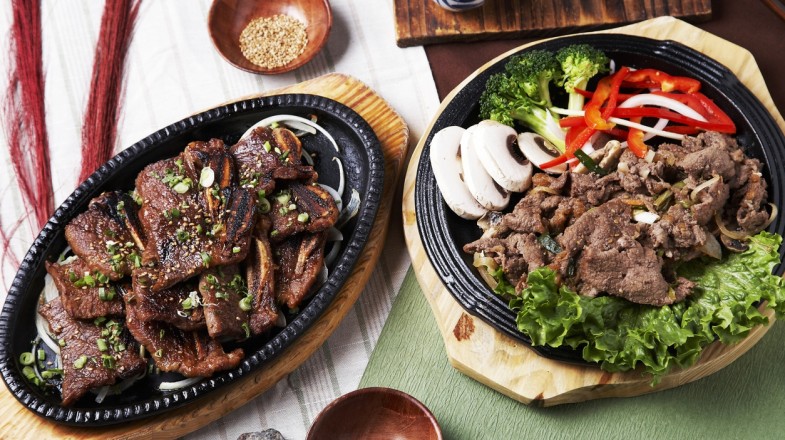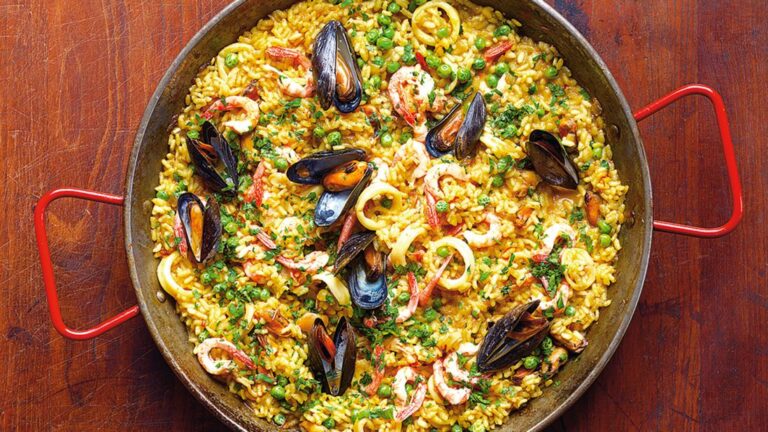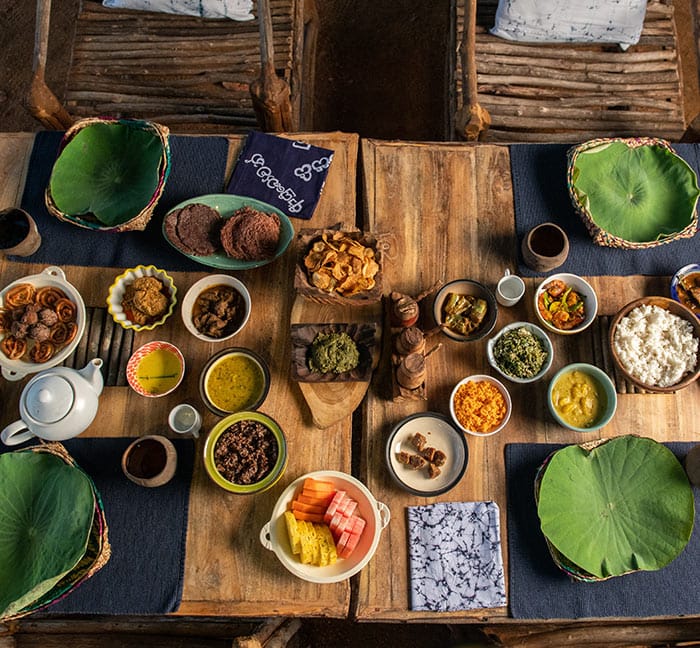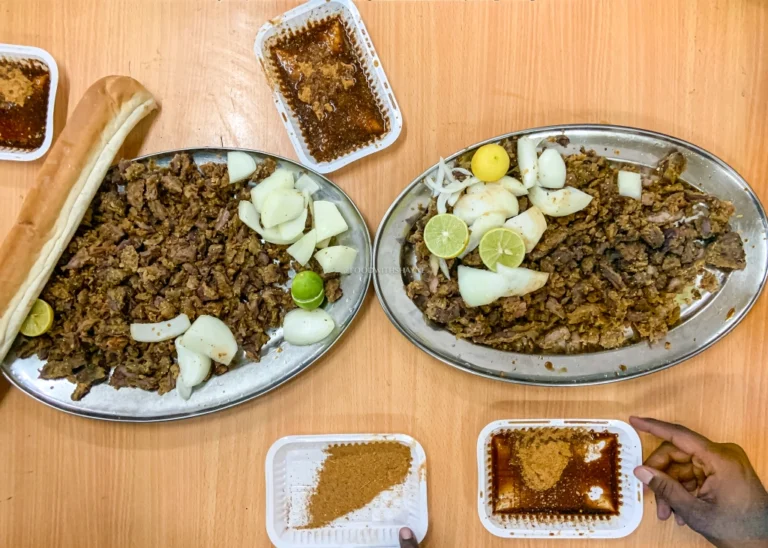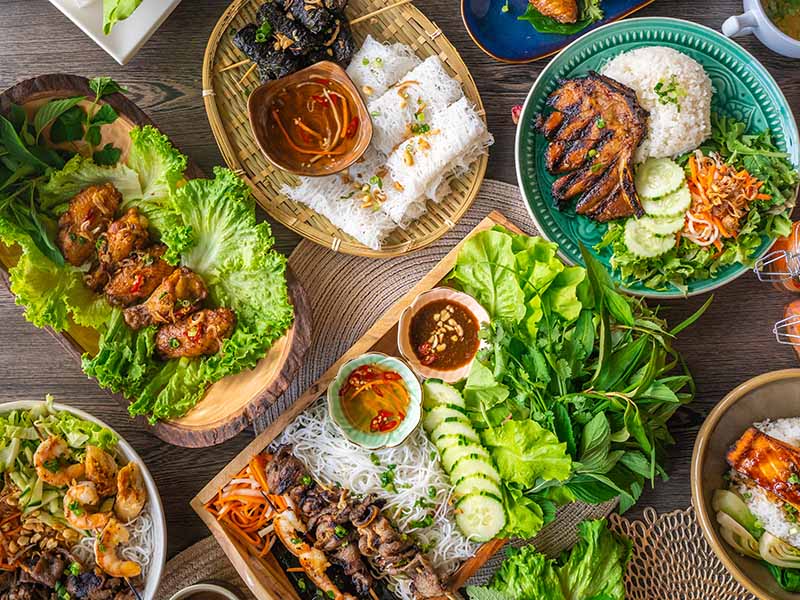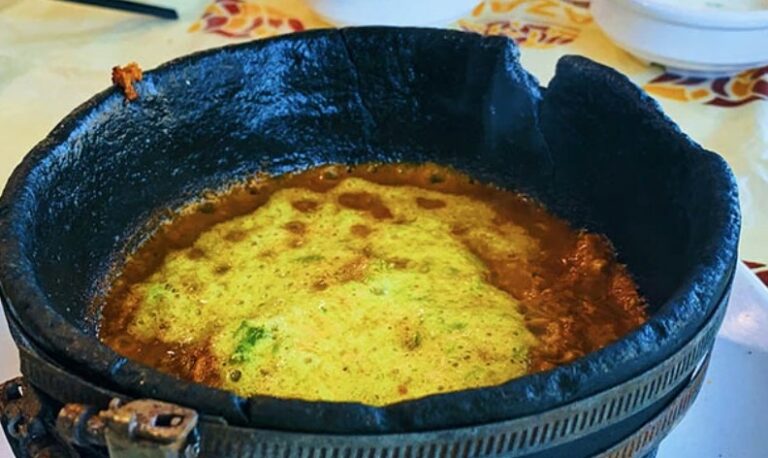Introduction: South African Cuisine
South African cuisine is a fusion of various cultures, reflecting the diverse history and cultural influences that have shaped the country. The cuisine is characterized by a mix of indigenous ingredients, spices, and cooking techniques, combined with the influences of European, Asian, and African cuisine. South African cuisine also varies greatly from region to region, with each region having its own unique dishes and cooking styles.
Meat-based Diets: The Braai Culture
South Africa is known for its meat-based cuisine, with the braai culture being an integral part of South African social life. A braai is a South African barbecue, where meat is grilled over an open fire. The meat is often marinated in a spice rub or sauce, giving it a delicious flavor. The most popular meats for a braai are beef, lamb, and pork. However, there are also vegetarian options available, such as roasted corn and vegetables.
Indigenous Vegetables and Fruits
South African cuisine also incorporates a wide variety of indigenous vegetables and fruits. These include butternut squash, pumpkin, beans, and sweet potatoes. These vegetables are often served as a side dish or added to stews and soups. South Africa is also home to a wide variety of fruits, including mangoes, papayas, and guavas. These fruits are often used in desserts and juices.
Dairy Products in South African Cuisine
Dairy products are widely used in South African cuisine, with milk, cheese, and yogurt being popular ingredients. Milk is used in many traditional South African dishes, such as pap (a type of porridge) and milk tart (a sweet custard tart). Cheese is also commonly used, with cheddar and feta being popular choices. Yogurt is often used as a marinade for meat or as a dipping sauce for vegetables.
Religious Considerations and Dietary Restrictions
South Africa is a diverse country, and there are many religious and cultural dietary restrictions that need to be considered. For example, many South Africans are Muslim, and therefore do not eat pork or consume alcohol. Jewish people follow kosher dietary laws, which prohibit the consumption of certain meats and require that all meat be ritually slaughtered. Hindus are vegetarian, and therefore do not consume any meat products.
Modern Trends and Health Consciousness
South African cuisine has evolved over time, with modern trends and health consciousness playing a role in shaping the cuisine. There is a growing trend towards plant-based diets, with many restaurants offering vegetarian and vegan options. There is also a focus on using fresh, locally-sourced ingredients and reducing food waste. Health-conscious South Africans are also looking for healthier alternatives to traditional dishes, such as using whole-grain flour instead of white flour in bread and pastries.


